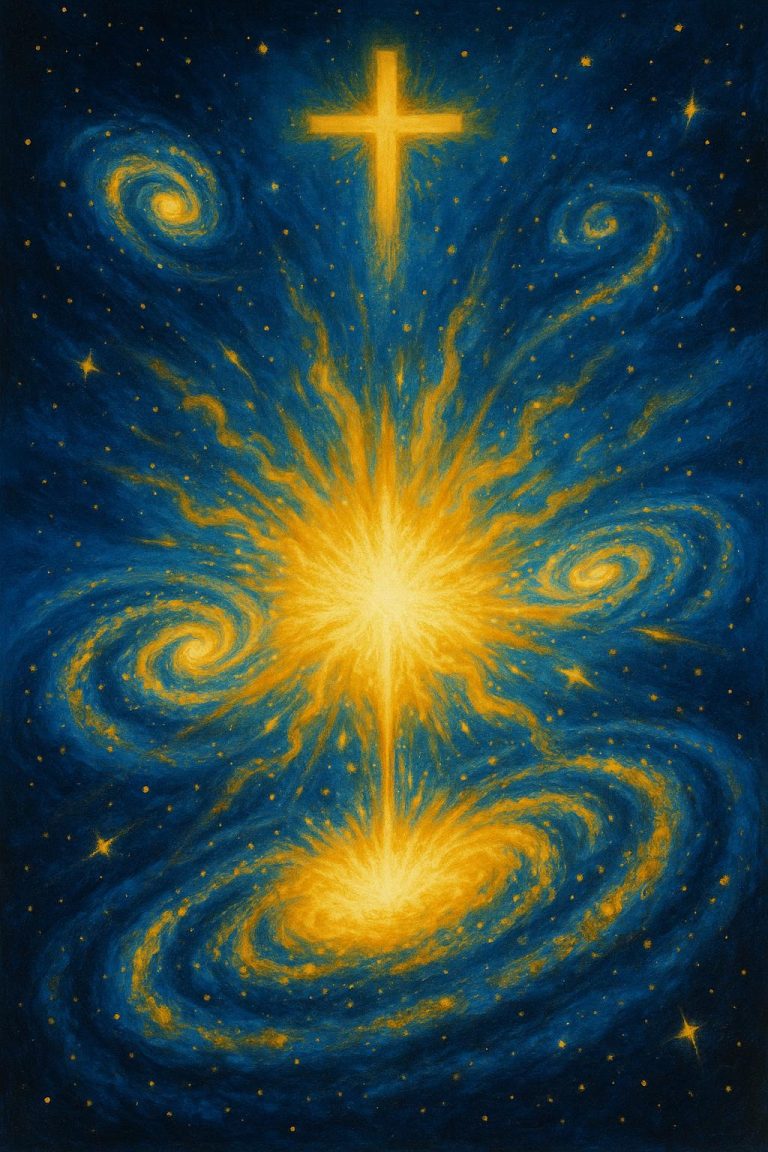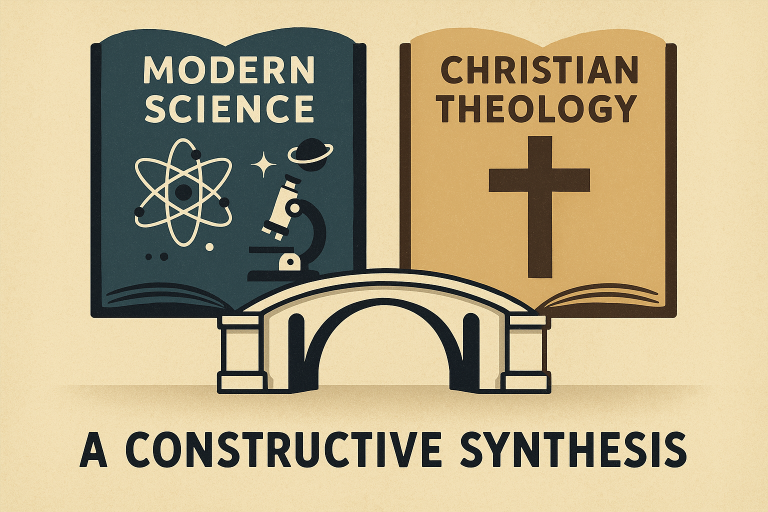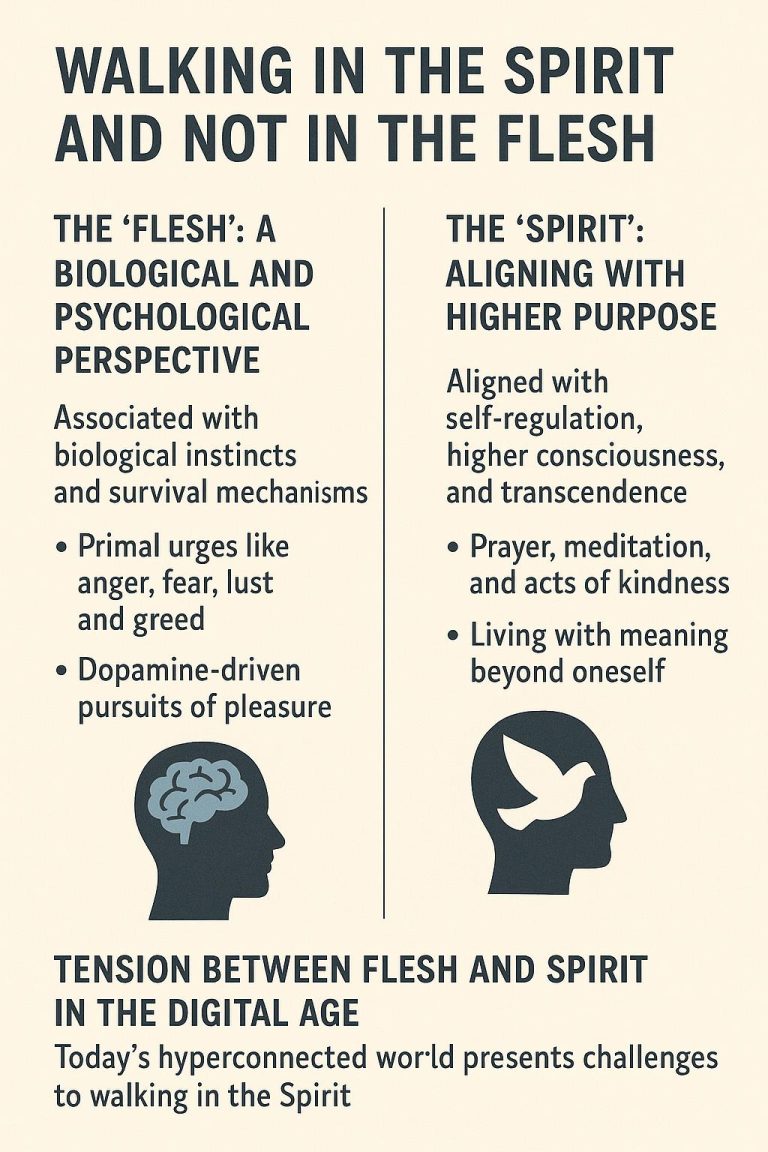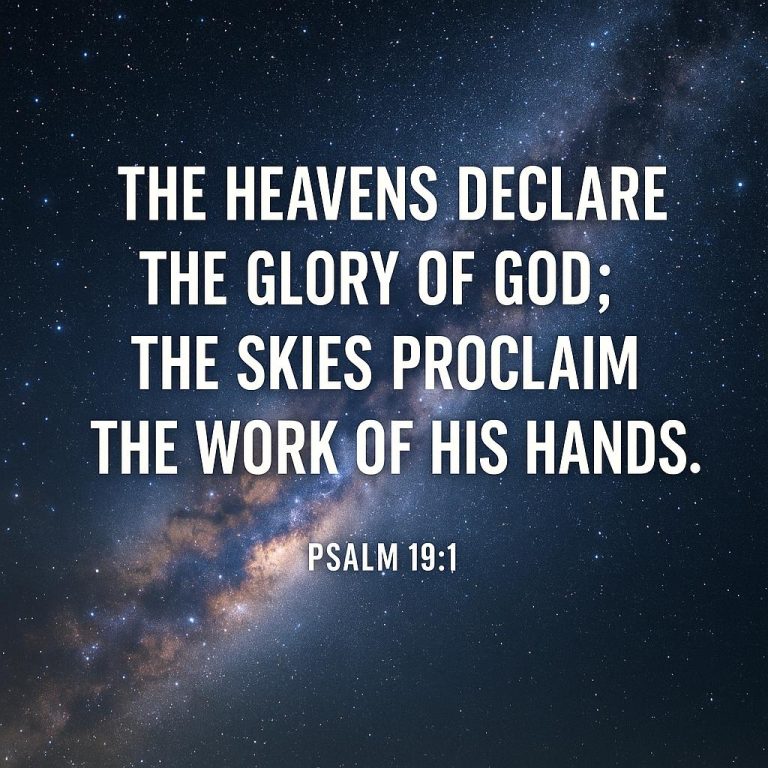From Matter to Spirit: Are They Completely Separated or Entangled Like in Quantum Physics?
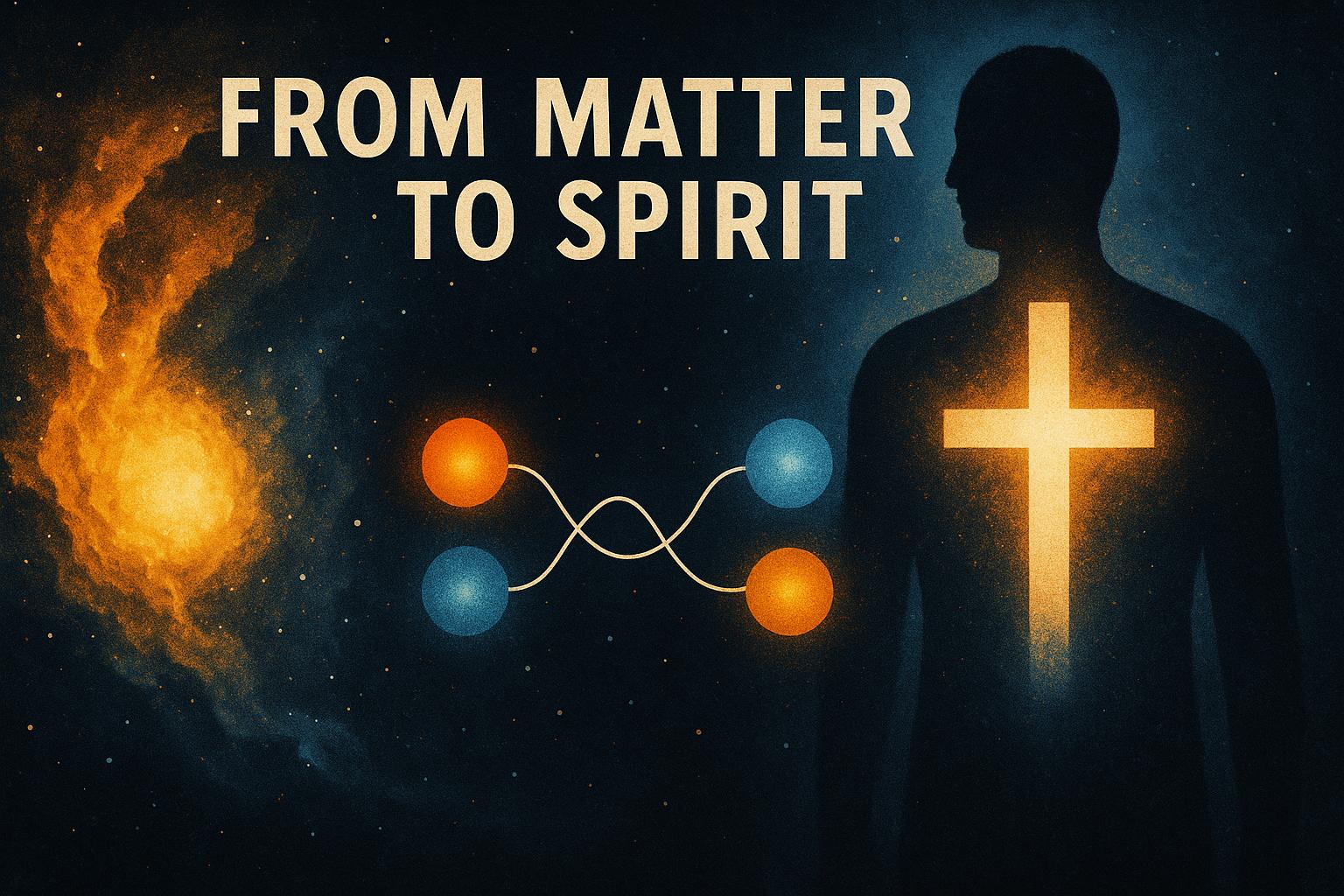
In the quest to understand reality, humanity has often drawn a line between the material and the spiritual. Matter is seen as physical, measurable, and governed by the laws of nature. Spirit, on the other hand, is often considered immaterial, invisible, and elusive to scientific investigation. But is this dualism justified? Or might there be a deeper connection between matter and spirit—an “entanglement,” as the strange world of quantum physics might suggest?
This essay explores the boundary—or unity—between matter and spirit, asking whether the universe is divided into separate realms or whether, at its deepest level, reality is a seamless whole infused with mystery and meaning.
The Classical Divide
In much of Western thought, particularly since Descartes, there has been a tendency to separate the world into two substances: res extensa (extended matter) and res cogitans (thinking mind or spirit). This dualism helped pave the way for modern science, which focuses on the observable and measurable. Meanwhile, matters of the soul, God, and ultimate meaning were left to philosophy and religion.
But such separation has led to tensions. Can the mind really be reduced to brain chemistry? Does spirit exist independently of the physical world? Is God “outside” creation, or intimately present within it?
The Quantum Challenge
Enter quantum physics—a realm where particles are also waves, where outcomes remain uncertain until observed, and where entangled particles defy classical notions of space and time.
Quantum entanglement, in particular, challenges the view of matter as self-contained and localized. When two particles are entangled, a change in one instantly affects the other—regardless of the distance between them. This hints at a universe that is not fragmented, but fundamentally connected beneath the surface.
While quantum physics does not prove the existence of spirit, it undermines the hard boundary between “physical” and “non-physical.” If particles can be entangled across space and behave probabilistically until measured, might not reality include dimensions that are just as “real” but not yet accessible to our instruments?
The Biblical Vision: Spirit Within Matter
From a Christian perspective, the material and the spiritual are not opposites—they are deeply interwoven. Genesis describes God shaping humanity from the dust of the ground and breathing into him the breath of life (Genesis 2:7). The Incarnation—the heart of Christian theology—proclaims that God became flesh (John 1:14). Spirit enters matter without ceasing to be divine.
The biblical worldview sees the world not as a dead mechanism but as sacramental—matter as the bearer of meaning, capable of revealing the divine. This doesn’t reduce spirit to matter or deny the reality of the spiritual realm; rather, it recognizes creation as a kind of “interface” where both meet.
Entangled Realities: A Unified Whole?
The concept of entanglement provides a rich metaphor for thinking about matter and spirit. What if spirit is not something hovering above or outside matter, but something intimately entangled with it—just as a quantum particle is mysteriously tied to its counterpart?
This view resonates with Christian mysticism, where the presence of God is seen in all things, and where the material world is not rejected, but transfigured. Saints and poets speak of perceiving “the world charged with the grandeur of God” (Gerard Manley Hopkins), suggesting that the veil between matter and spirit is thinner than we think.
Conclusion: The Universe as Communion
Rather than thinking in terms of strict dualism or vague pantheism, we might envision the universe as a communion—a reality that is both material and spiritual, held together in mystery. Science reveals a universe more connected, subtle, and strange than we imagined. Faith sees in this mystery the fingerprints of a Creator who is both beyond and within.
Whether through the paradoxes of quantum entanglement or the paradox of the Word made flesh, we are invited into a deeper vision: one in which matter and spirit are not rivals, but partners in the unfolding drama of creation.

